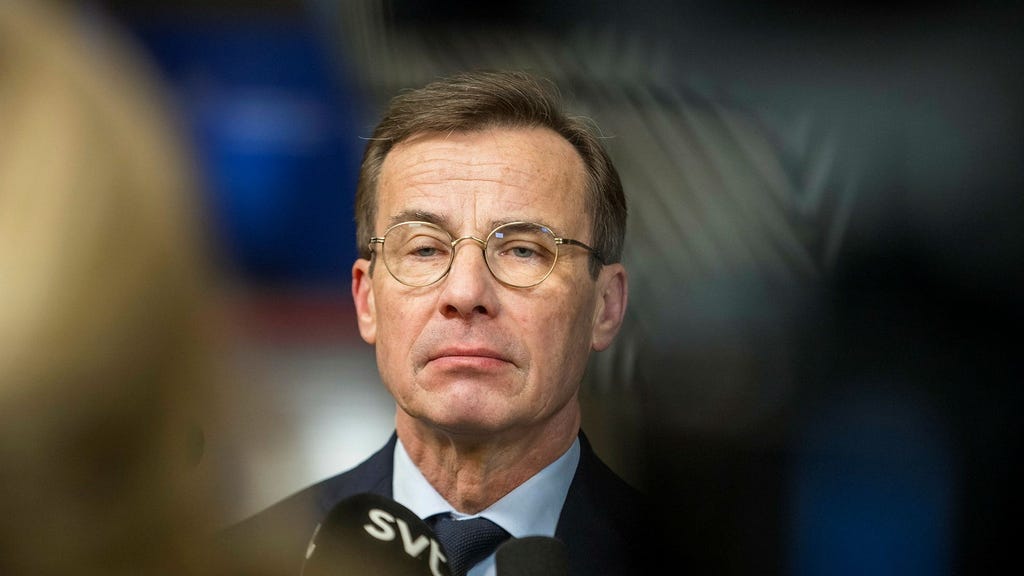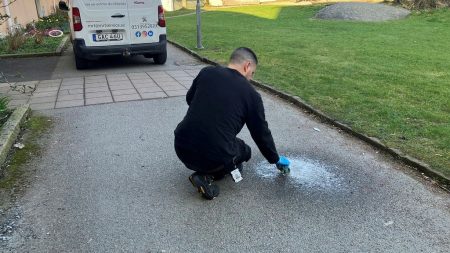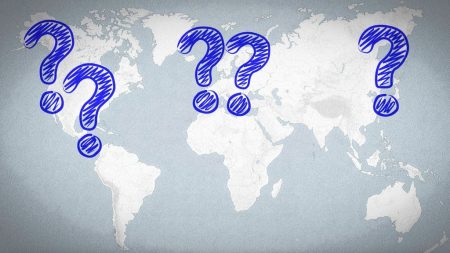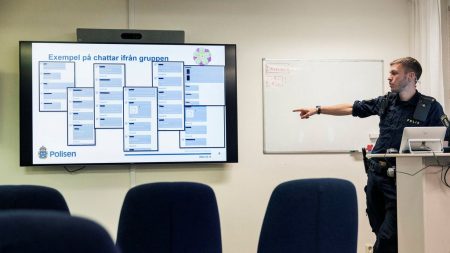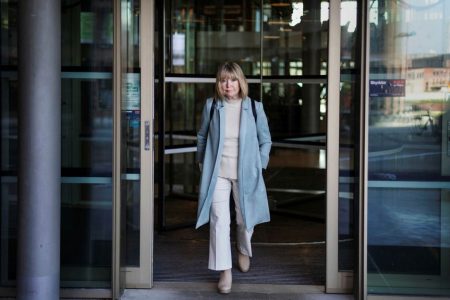Sweden and Austria’s Joint Push for Stricter EU Migration Policies
Swedish Prime Minister Ulf Kristersson’s visit to Austria in January 2024 underscores the growing alignment between the two countries on the critical issue of migration within the European Union. Both nations are at the forefront of a movement advocating for significantly tighter regulations to control the influx of migrants and asylum seekers, a stance that has gained traction amidst increasing concerns about the effectiveness of the existing framework. This shared perspective is rooted in a belief that the current system is failing to deter irregular migration and effectively manage the processing and return of those whose asylum applications are rejected.
A central tenet of their proposed reforms revolves around increasing the rate of return for rejected asylum seekers. Kristersson has publicly criticized the current rate, estimated at around 20%, as woefully inadequate and detrimental to the integrity of the entire asylum system. He argues that allowing individuals to remain within the EU after their applications are denied undermines the rule of law and encourages further irregular migration. The failure to enforce return decisions, he contends, not only creates a system where individuals can effectively circumvent legal processes by "going underground" but also generates additional challenges for law enforcement and social integration.
Both Kristersson and Austrian Chancellor Karl Nehammer believe a more robust return policy would act as a deterrent, discouraging migrants from attempting to enter the EU illegally in the first place. The underlying premise is that the prospect of a swift and certain return would outweigh the potential benefits of attempting to remain within the EU without legal status. This approach aligns with a broader shift within the EU towards a more restrictive migration policy, emphasizing border control and stricter criteria for asylum eligibility.
Beyond returns, Kristersson and Nehammer are also pushing for a reevaluation of the EU’s definition of "safe third countries" – countries deemed safe enough to which asylum seekers can be returned. Currently, the EU generally requires the entire third country to be considered safe before returns can be enforced. Kristersson advocates for a more nuanced approach, suggesting that it should be sufficient for only a part of the third country to be deemed safe for return. This change, he argues, would provide more flexibility in managing asylum applications and facilitate the return process for those not qualifying for protection. This proposal is likely to generate debate within the EU, as it potentially raises concerns about the safety and well-being of individuals returned to regions within countries experiencing conflict or instability.
Another key element of their joint strategy involves advocating for third countries to host migrants while their asylum applications are being processed. This approach mirrors the model adopted by Italy in its agreement with Albania, although the legality and practicality of such arrangements remain contested. The Italian-Albanian agreement, which involved Albania processing asylum claims on behalf of Italy, faced legal challenges and has since been suspended after an Italian court ruling. Despite these hurdles, Kristersson and Nehammer see the concept of offshore processing as a potential solution to alleviate the pressure on EU member states and to create a more streamlined and controlled asylum system. This approach would require significant cooperation with third countries and raises complex legal and logistical issues.
The collaborative efforts of Sweden and Austria represent a significant development within the EU’s ongoing struggle to formulate a cohesive and effective migration policy. Their emphasis on stricter returns, a revised definition of safe third countries, and the exploration of offshore processing reflects a growing trend towards a more restrictive approach to migration management. This approach, while gaining momentum among certain member states, is likely to face resistance from others, who advocate for a more humanitarian and integration-focused approach. The differing perspectives highlight the ongoing tensions within the EU as it grapples with the complex challenges posed by migration and seeks to balance competing interests and priorities.
The meeting between Kristersson and Nehammer, along with meetings with other Austrian officials including President Alexander Van der Bellen, Integration Minister Susanne Raab, and EU Migration Commissioner Magnus Brunner, signals a strengthening of their bilateral cooperation on migration issues. It also positions them as key players in shaping the future direction of EU migration policy. Their shared vision for a more controlled and restrictive system, centered on increased returns and greater reliance on third countries, is poised to be a significant driver of debate and policy development within the EU in the coming years. The success of their efforts will depend on their ability to build broader coalitions within the EU and to address the numerous legal, logistical, and ethical challenges inherent in their proposals.





